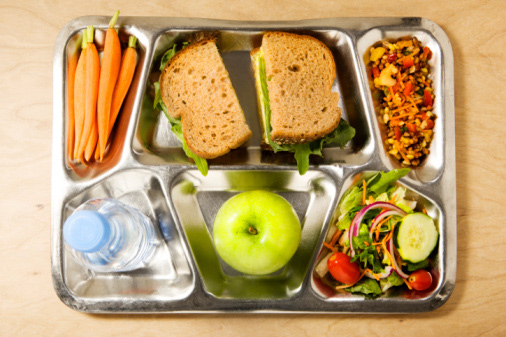If you’re going about your strength training workout program and have decided that one element you need to devote some time to improving is your grip strength, then it’s important that you keep a few key rules in mind.
Grip strength is something that generally doesn’t develop very well on its own. So unless you’re consciously performing exercises to help to strengthen your grip, you aren’t going to see the results you’re after.
With some hard work, though, and a bit of time, you can realize vast improvements in the grip strength that you have. This no longer has to be the ‘weakest’ link that you demonstrate, keeping you from lifting as much as possible with all your upper body workout sessions.
So, let’s go over what you need to know.
Time Your Grip Strength Exercise Properly
First things first, you’ll want to be sure that you time your grip training properly. Don’t make the mistake of doing grip training first when you hit the gym.
If you do this, you’re only going to be starting off weaker and will not see the gains you could from your bench press or other exercises. Instead, leave grip training until the very end, or do it at a different time entirely.
Grip strength can also be worked very well on days you plan to do a lower body workout session, if the primary movements you’re performing are squats and leg press. You aren’t relying on your grip for these.
If you’re doing lunges, step-ups, or deadlifts however, all of which do require a high degree of grip strength (often even more than your upper body lifts), then you’re best off doing grip work at the end of your workout or at another time.
Get Sufficient Rest Between Workouts
Moving on, the next rule to know for grip strength exercise is that you should aim to get at least two days off between sessions.
While your other muscles can get away with just a day off between workouts, keep in mind that your grip will be worked in virtually any weight lifting movement you perform.
For that reason, give your grip a slightly longer recovery time so let these muscles heal and repair themselves.
Unless you are doing a full body workout plan where you have a complete day off from all weight lifting between sessions, this will definitely be your best approach.
Perform Static And Dynamic Exercises
Another ‘must’ to remember as you perform your grip strength exercises is that you should include both dynamic as well as static exercises. This means that some of your movements should have you holding a position without movement, while others have you tensing, squeezing, and moving.
Having this variety in there with your program is really going to increase the development that you show and ensure that you don’t end up with any form of underlying weakness.
Work Both Pinching And Crushing Strength
Finally, along with having both static and dynamic exercises in place, be sure that you’re working both pinching and crunching movements as well.
Both will be important when going about your workout sessions and help to develop well-rounded grip strength, so you don’t want to overlook these two variations.
If you happen to participate in any sports as well, this will be even more important because these various grips are more likely to be utilized.
So make sure that you’re keeping these grip rules in mind as you go about your workout program. If you do, it won’t be long before you’re noticing dramatic improvements.




